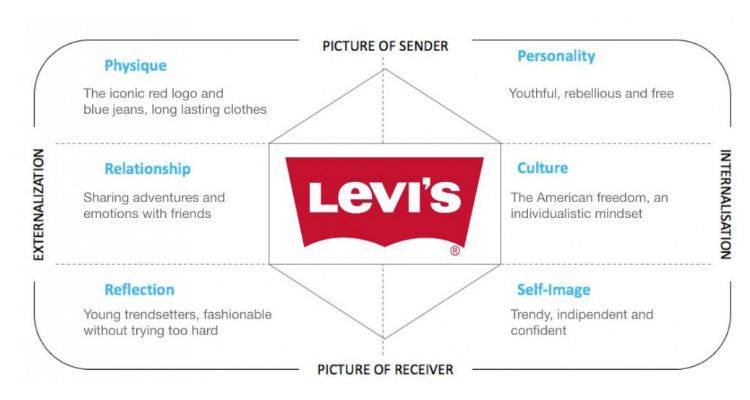02. Create A Sound Brand Identity
Have you ever wondered what the difference between fashion businesses like Gucci and clothes found in places like Walmart is? One is considered a brand while the other is thought of as a clothing section of a retail store.
This is a huge difference when measuring the success of the business. Every business wants its offering to be memorable and sought-after. And to do so, people must view it as a brand. This is where brand identity comes in. To transform your business into a brand, you must provide it with an identity of its own. This requires a logo, tagline, positioning, story, and consistent communication.
Here Is A Breakdown of Levi’s Brand Identity

Another popular example is Versace. The brand features a logo that is the head of Medusa. Everything about the business reflects luxury. This is the brand identity of the brand – it is a statement of luxury and wealth.